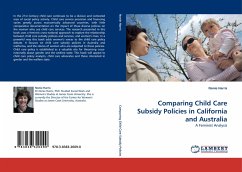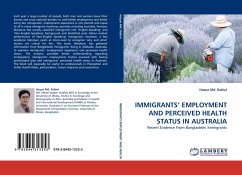
Who gets divorced in Australia?
Gender, social determinants and initiation of separation
Versandkostenfrei!
Versandfertig in 6-10 Tagen
52,99 €
inkl. MwSt.

PAYBACK Punkte
26 °P sammeln!
Marriage dissolution has become an enduring feature of family life in Australia and other developed countries. This book investigates the social determinants of separation and divorce in Australia with an emphasis on understanding gender differences in the processes. Social and demographic characteristics of spouses influence marriage dissolution through three main mechanisms; by shaping normative and cultural expectations of marriage and perceptions of marriage as a breakable (or unbreakable) bond; by influencing the quality of the marriage match; and by providing barriers that limit spouse s...
Marriage dissolution has become an enduring feature of family life in Australia and other developed countries. This book investigates the social determinants of separation and divorce in Australia with an emphasis on understanding gender differences in the processes. Social and demographic characteristics of spouses influence marriage dissolution through three main mechanisms; by shaping normative and cultural expectations of marriage and perceptions of marriage as a breakable (or unbreakable) bond; by influencing the quality of the marriage match; and by providing barriers that limit spouse s alternatives outside of marriage and deter separation. These mechanisims are likely to differ for husbands and wives. This reasearch aims to develop our knowledge of gender differences in these mechanisms and in particular to better understand the circumstances that influence husbands and wives to initiate separation. The analysis should be useful for researchers and other professionals whoare interested in relationship and family stability.












